The museum celebrates a unique culture – a culture of mixed ancestry, a culture where a lot of us can find bits and pieces of our own culture. A culture that belongs to many but yet stands out for itself. I first heard the word Peranakan when my friends visiting from Singapore mentioned it. I started exploring and marked the Peranakan Museum as a must-visit on my list of things to do in Singapore.
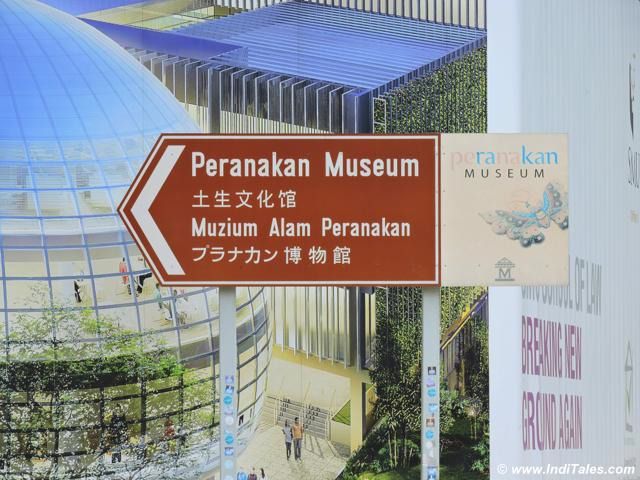
Located on Armenian Street, not too far from the central business district of Singapore, the Peranakan Museum is not too difficult to locate. I walked from my Hotel Ibis on Bencoolen to the museum. It took me about 15 minutes to do so, all the while admiring the art district. The lovely building that houses the museum used to be a school initially. Then it was a part of the Asian Civilization Museum. Since 2008, this is home to the museum.
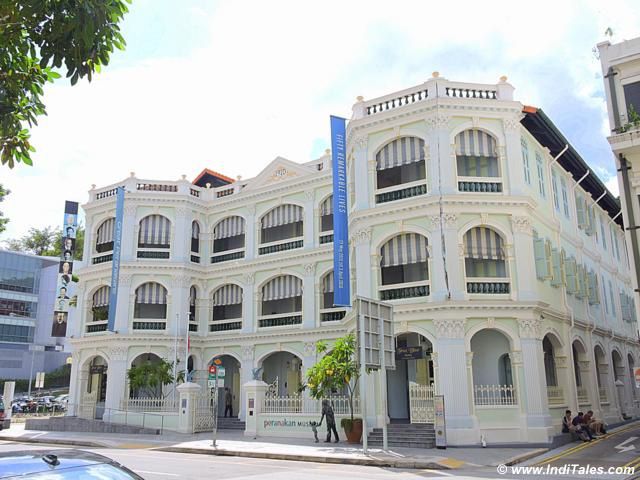
Who are Peranakans?

South East Asia has been a trading hub. That meant men from around the world came here for trading. Some of them married local women. Their descendants are ‘The Peranakans’. They are mixed-race people descending from Chinese or Indian traders with local women. Over a period of time, many Peranakan sub-communities evolved like:
- Jawi Peranakans descended from Indian Muslims.
- Chitty Melaka community from Indian traders.
- Baba community from Chinese traders – whose ancestry can be traced back to 17th CE.
- Straits Chinese – ones who came to Singapore & Penang with the British.
Baba-Nyonya refers to men and women of Baba community among Peranakans.
Peranakan Museum
A timeline at the museum traces the origins back to 412 CE. When Fa Xian – the Chinese traveler returned to China from India via the Straits of Malacca and Java. Wonder what route he took to come to India. But Peranakans believe him to be the first documented Chinese in this area. The first Chinese coins excavated are from the 10th CE. Which talks about the Chinese presence in this region for more than 1000 years. However, the formal evolution of the Peranakans has its roots in 18-19th CE. In the third millennium, it is all about the celebration of their unique fusion culture.
In Malay, Peranakan means ‘child of’ or ‘born of’
Portraits of Peranakan Community
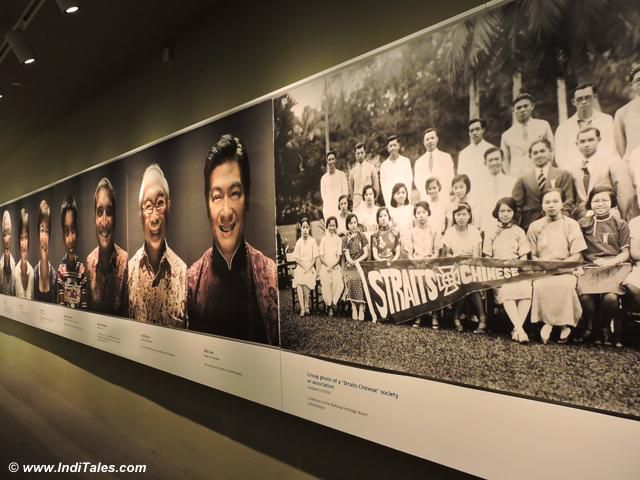
At the first gallery that I explored at the museum, I found myself standing in a room surrounded by portraits of people. Portraits were brilliant and the photographer in me looked for the clues that made them such lovely portraits. Soon the traveler’s curiosity took over. It was amusing to see a face and the name below, that more often than not pointed to two different ancestral trees. A brief introduction below the portraits introduced you to the person in the picture. And gave you a glimpse of the composition of the Peranakan community.
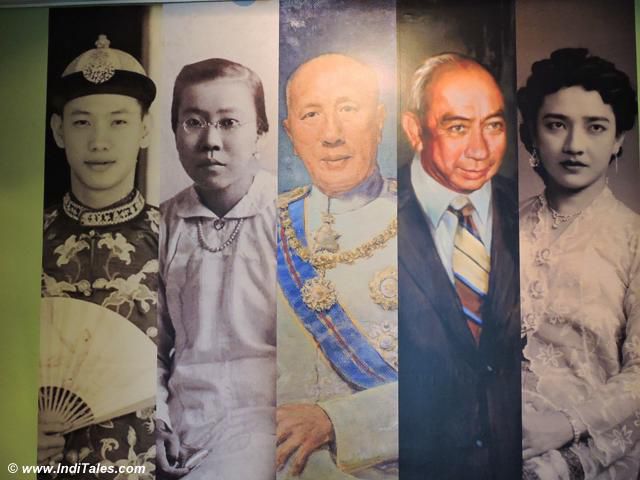
Take this – Portrait of Tanya Nair who is both a Chitty Melaka Peranakan and Chinese Peranakan says ‘When I go to India – they say you have an Indian name. Are you one of us? You belong to us. What a beautiful thing to say to someone who has not been back since 15th CE. I want to say the same thing. Are you a Peranakan? You belong to us‘
A portrait of Edwin Cho, who is a Melakan Peranakan says – Somehow we (Peranakans) can spot each other, because of the way we talk or body language.
Talk of cultural nuances that we grow up to identify with.
What religion do Peranakans follow?
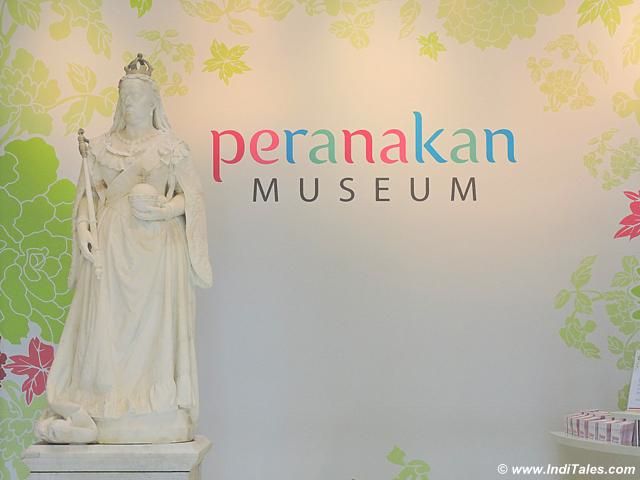
Religion I assume would be a tough thing to understand in a community that is as mixed as this. However what is interesting is that in ancient times, Peranakans believe in ancestor veneration. They believe their ancestors continue to live in another world. And must be respected just like you would if they were alive in this world. They believe that ancestors continue to have an interest in their family. And must be consulted for every important decision in the family.
There are rituals through which their spirits are invoked at such times and their opinions or decisions are sought. They are invited to important events in the family like marriages. Their favorite food is regularly offered to them.
Wedding Rituals at Peranakan Museum

The whole of Asia has elaborate marriage rituals, and so have Peranakans. Galleries were dedicated to Wedding talk about 12-day long wedding ceremonies. I assume the time frame would have compacted over time. This gallery talks about Chiu Thau – the coming-of-age ceremony. Or Lap Chai – the exchange of gifts ceremony. Going through a video explaining all the wedding rituals of the Peranakan community, I saw so many parallels between their rituals and Hindu wedding rituals like:
- Choosing an auspicious date for the wedding. As per the date of birth of the bride & groom.
- Inviting the deities, the ancestors, and the elders to witness & bless the wedding.
- Colors used for wedding attire & accessories are Red, Pink, Orange, Gold, and Yellow.
- Symbols of prosperity and reproduction are gifted to the couple.
- There is even a ‘Mounting the Horse’ ceremony called Ki Beh.
- Paying respect to the groom’s deities, ancestors, and the elder by the bride called Soja Tiga Hari.
- There are wedding games just like we have stealing shoes or playing with rings.
- The girl’s family gives what could be the equivalent of a dowry. As for sharing a bit of the family’s wealth with the daughter.
- Most marriages are arranged.
The old black & white pictures depicting the marriage ceremonies are amusing. You can see the ethnicity of the people clearly. And you know they would go ahead and create a new ethnicity of their own.
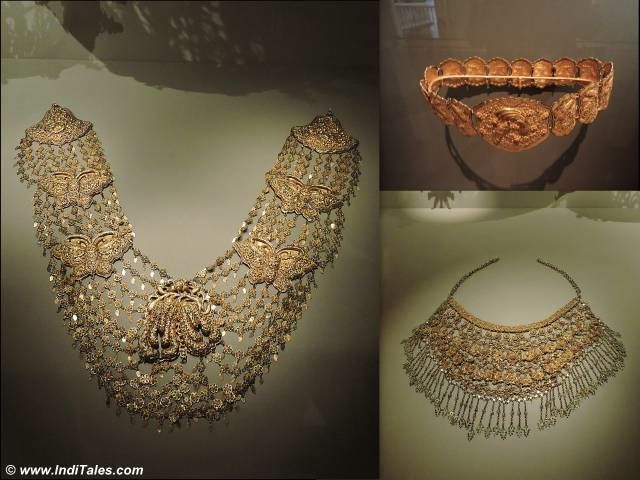
Jewelry
There is an elaborate display of jewelry, boxes, and textiles gifted to the newlywed couple. The jewelry here reminded me of fine filigree work.
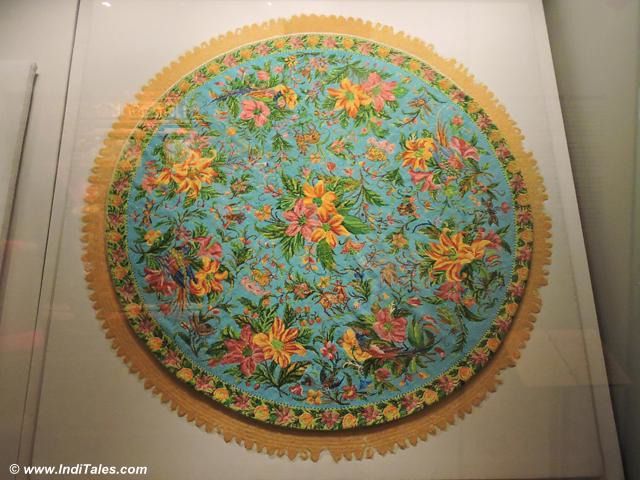
A beadwork tablecloth is worth a look at from close quarters. In fact, the amount of needlework involved tells about the work women did in preparing for weddings in the family. Silver, a symbol of family status was used liberally for wedding gifts. Again in designs, you see an influence of Indian, Chinese & Malay designs. Wooden furniture was also an essential part of the gifts or dowry.

The wedding bed is an elaborate piece of furniture and a must-see at the museum.

How important are weddings in the life of this community can be gathered from the fact that 4 out of 8 galleries at the museum are dedicated to the wedding.
Porcelain

Chinese ethnicity is a big element in Peranakans. So it is not surprising that they have Porcelain as a prized collection. Like the culturally diverse community, their porcelain collections are also painted in vivid colors. I saw pink, yellow, and green as dominant colors in the porcelain displayed here and learned that they are called Nyonya ware porcelain.
What is a must-see here is stacked tiffin boxes of colorful porcelain.
In fact, the food of the community is also a great fusion of Chinese, Malay, Indian, Thai, European, and Indonesian ingredients. As well as cooking techniques.
Some Humor at the Peranakan Museum
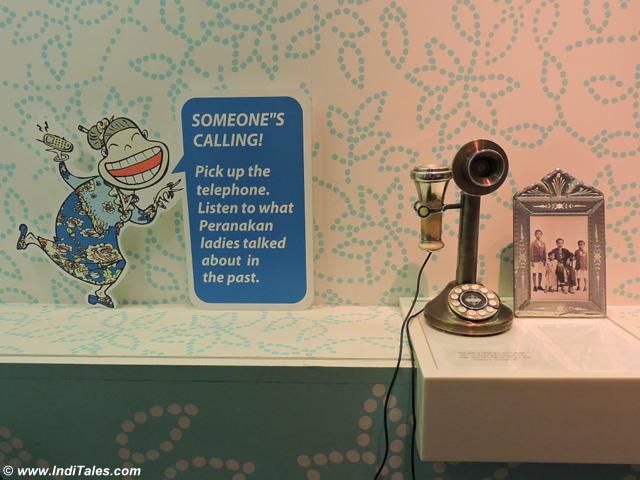
It is a very well-designed museum with lots of information through pictures, videos, and multimedia. There are small punching machines where you can punch and take away your favorite designs.
The best part of the museum and I must admit the most unexpected one was to pick up one of those old telephone boxes and listen to a typical conversation between Peranakan ladies. You hear their language. The topics they talk about. How they connect to each other. And of course, you laugh your heart out as an eavesdropper.
Peranakan Death Rituals
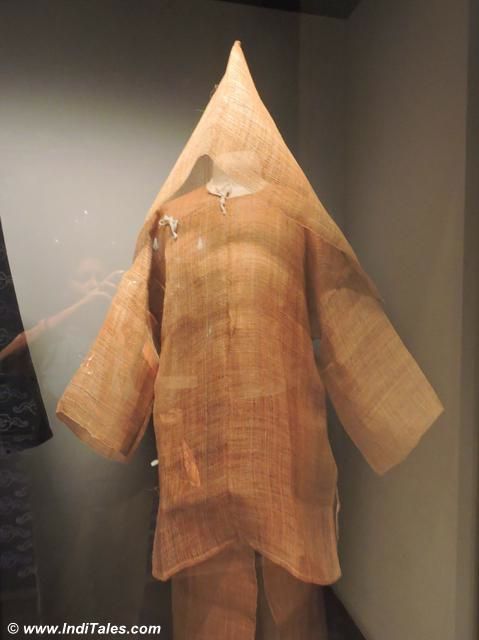
If life is full of rituals, death can’t be devoid of them. One gallery at the museum is dedicated to explaining the death rituals elaborately. There is a warning that warns you to use discretion if you are visiting with children. There is a depiction of the deathbed. And all the rituals followed post-death in a family. What I found interesting was the set of clothes that are worn after death in a family. Initially, absolutely rags are worn. Then plain white clothes. Then light colored clothes and finally the normal colorful clothes.
Celebrating Famous Peranakans at Peranakan Museum
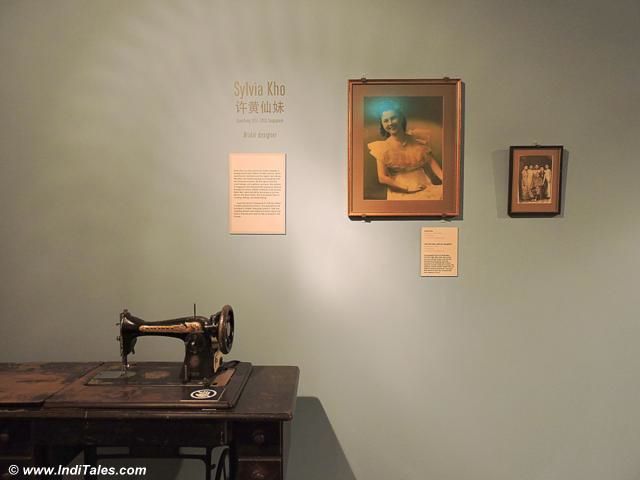
An exhibition at the museum showcased 50 remarkable people from the Peranakan community. People who contributed to nation-building. People who made a name for themselves.
I must thank my friends Sudha and Sushobhan for not just telling me about the museum but also igniting my interest in exploring it during my next visit to Singapore.
You need at least 2 hours to see the museum properly. There is a curio shop at the museum. Where you can buy some versions of the stuff you see at the museum. For the latest on timings and guided tours check the museum website.






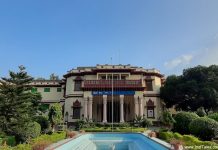







Thanks Anuradha for sharing the Peranakan Museum info. There are lot of Museum in Largest Cities but sharing info about the Museum that’s too amazing.
Glad you liked it Sonali.
Singapore museums are treasure troves. Missed this one, but Asian Civilization Museum and Arts Science Museum, the couple of museum I saw were fascinating. Do visit my post on the same
https://amitavadgupta.wordpress.com/2016/10/21/thus-arts-met-science-in-singapore/
Wow! Even I love visiting museums. Here I liked those vintage items kept.
I too enjoy museums a lot Ranjana…
Singapore is a beautiful place today because of its people of various religions, cultures and languages and for co existing peacefully today. Singapore could be a shining example for the rest of the world how to co exist and prosper togather. If only countries like India and China could take a few good examples from this small but prosperous country then India too would have been a great country
Joe, while I agree with you on Singapore being a multi-cultural peaceful place, I think bigger places have their own challenges. You just can not compare the countries that are at two ends of the spectrum when it comes to area or population. Bigger countries have bigger problems. At the level of common man, India is peaceful. I am yet to visit China so can not comment on them.
Much obliged Anuradha for sharing About the Museum. There is parcel of Museum in Largest Cities yet sharing the information about the Museum that is excessively astonishing.
The Peranakan Museum is a cultural gem in Singapore, celebrating the rich tapestry of diversity that defines the nation. Through its captivating exhibits, it beautifully showcases the unique Peranakan heritage, blending Chinese, Malay, and Indonesian influences. The museum is a testament to Singapore’s commitment to preserving and honoring its multicultural roots, making it a must-visit for anyone eager to explore the vibrant history and traditions that have shaped this city-state.